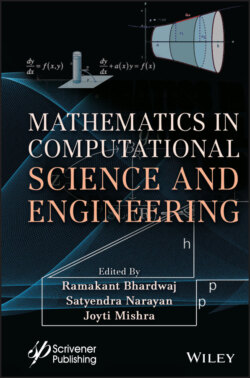Читать книгу Mathematics in Computational Science and Engineering - Группа авторов - Страница 45
2
Ill-Posed Resistivity Inverse Problems and its Application to Geoengineering Solutions
ОглавлениеSatyendra Narayan*
Department of Applied Computing, Faculty of Applied Science and Technology, Sheridan Institute of Technology and Advanced Learning, Oakville, Ontario, Canada
Abstract
The most important physical properties to study ill-posed inverse problems in physical sciences are electrical conductivity, magnetic permeability, density, wave-velocity, elasticity parameters/modulus, and dielectric permittivity. This paper attempts electrical conductivity of the earth materials and describes some innovative approaches which have been used to solve ill-posed resistivity inverse problems encountered in mapping and monitoring geo-environmental problems.
The paper begins with an overview of the present state of knowledge about electrical resistivity methods for mapping and monitoring in-situ processes that cannot be accessed directly. The current study indicates that a generalized mathematical approach has not been developed to investigate the sensitivity of resistivity measurements to changes in resistivity at depth. Therefore, the paper also presents a generalized mathematical formulation for sensitivity analysis and describes sensitivity of resistivity measurements. Reciprocity and perturbation analysis form the basis for the mathematical formulation, which has been extended further towards introducing multi-dimensional resistivity inversion useful for mapping and monitoring in-situ processes. A generalized multi-dimensional mathematical technique is described herein for computing numerical response over the one-dimensional (1-D), two-dimensional (2-D) and three-dimensional (3-D) resistivity models excited by a three-dimensional (3-D) point source. These problems also described as 1-D/3-D, 2-D/3-D and 3-D/3-D inverse problems in the scientific literature.
Keywords: Resistivity inversion, resistivity inverse problems, sensitivity of resistivity measurements, multi dimensional resistivity inversion, in-situ resistivity monitoring, design strategy for resistivity monitoring, geoenvironmental resistivity problems, geo-engineering resistivity problems, linearization of nonlinear resistivity problems
